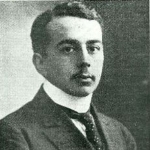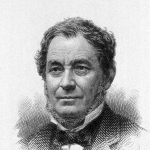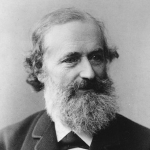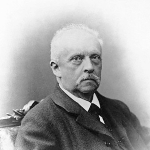Background
Gyula Konig was born on December 16, 1849, in Gyor, Hungary.

University of Vienna, Vienna, Austria
Konig studied at the University of Vienna.
University of Heidelberg, Heidelberg, Germany
Konig studied at the University of Heidelberg.
A photo of Konig.
A photo of young Konig.







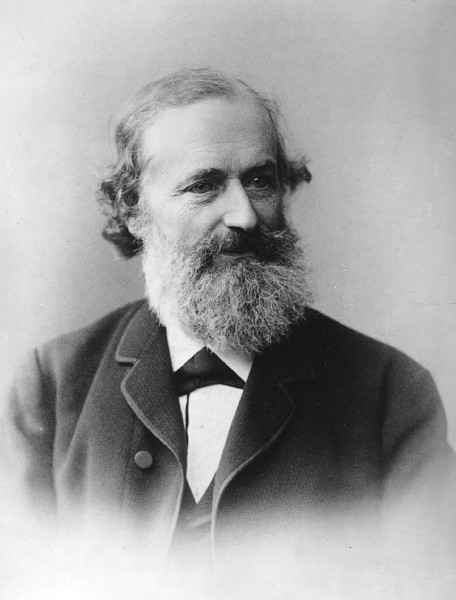

educator mathematician scientist
Gyula Konig was born on December 16, 1849, in Gyor, Hungary.
Konig went to both primary and secondary school in Gyor. At first, he excelled in literature and it looked at one stage as though this would be the topic that he would study at university. However, after leaving secondary school in Gyor when he was sixteen years old, he went to study medicine in Vienna.
The course that Konig followed in the Medical School of Vienna University included a thorough study of mathematics and the natural sciences. Feeling now that he wanted to follow a course in the natural sciences, although still retaining his medical interests, he went to Heidelberg which had an excellent reputation for science with famous men such as Bunsen, Kirchhoff, and Helmholtz on the teaching staff. His first research paper was written on a topic suggested by Helmholtz and considered a medical topic. The paper was published by the Vienna Academy of Sciences in 1870.
He earned his Ph.D. in 1870 and qualified as a lecturer at Budapest in 1872.
In 1874 Konig became a full professor at the city’s technical university. He remained in Hungary; and during his last years, he was involved, as a senior civil servant in the Ministry of Education, with the improvement of training in mathematics and physics. He was also a secretary of the Royal Hungarian Academy of Sciences in Budapest.
Konig’s two years at Heidelberg (1868-1870) were of decisive importance for his scientific development. Helmholtz was still active there, and under his influence, Konig began working on the theory of the electrical stimulation of the nerves. But the mathematician Leo Konigsberger, who was very well known at that time, soon persuaded Konig to devote himself to mathematics; Konig, therefore, wrote his dissertation on the theory of elliptic functions.
In Hungary, Konig progressed very rapidly in his academic career. He was also productive in various fields of mathematics, chiefly analysis and algebra. Some of his works appeared simultaneously in German and Hungarian; others published only in Hungarian were naturally less influential.
Gyula Konig went down in history as a prominent mathematician. His work on polynomial ideals, discriminants and elimination theory can be considered as a link between Leopold Kronecker and David Hilbert as well as Emmy Noether. He is also remembered for his contributions to and his opposition against the set theory.
Among Konig’s writings is the prize essay for the Royal Hungarian Academy of Sciences, which was published in German in Matematische Annalen under the title “Theorie der partiellen Differentialgleichungen Ordnung mit 2. Unabhangigen Veranderlichen.” In it, Konig specified when the integration of a second-order differential equation can be reduced to the integration of a system of total differential equations, for which there already existed the integration methods devised by Jacobi and Clebsch.
Konig’s most important work is the voluminous Einleitung in die allgemeine Theorie der algebraischen Grossen, published in German and Hungarian in 1903. This book draws heavily on a fundamental study by Kronecker, Grundzuge einer arithmetischen Theorie der algebraischen Grossen (1892), although Konig had had very little personal contact with Kronecker. In his work, Kronecker had set forth the principles of the part of algebra later called the theory of polynomial ideals. Konig developed Kronecker’s results and presented many of his own results concerning discriminants of forms, elimination theory, and Diophantine problems. He also employed Kronecker’s notation and added some of his own terms, but these did not gain general acceptance. The theory of polynomial ideals later proved to be a highly important topic in modern algebra and algebraic geometry. To be sure, many of Kronecker’s and Konig’s contributions were simplified by later writers, notably Hilbert, Lasker, Macaulay, E. Noether, B. L. van der Waerden, and Grobner; and their terminology was modified extensively. Hence, despite its great value, Konig’s book is now of only historical importance.
In the last eight years of his life, Konig took great interest in Cantor’s set theory and the discussion that it provoked concerning the foundations of mathematics. The result of his investigations was the posthumous Neue Grundlagen der Logik, Arithmetik und Mengenlehre (1914) published by his son Dénes. The title originally planned was Synthetische Logik; and in it Konig intended to reduce mathematics to a solidly established logic, hoping in this way to avoid the many difficulties generated by the antinomies of set theory.
Konig was a member of the Hungarian Academy of Sciences.
Konig was extremely conscientious and he expected the same of his students. He went into details whatever the subject be and analyzed everything thoroughly even for students of the Technical University. He emphasized the importance of the quality rather than the quantity of knowledge, and he tried to get his students to acquire an exact mathematical thinking.
Konig was married and had two sons; Dénes was a talented mathematician, while Gyorgy was an expert on the history of literature.
